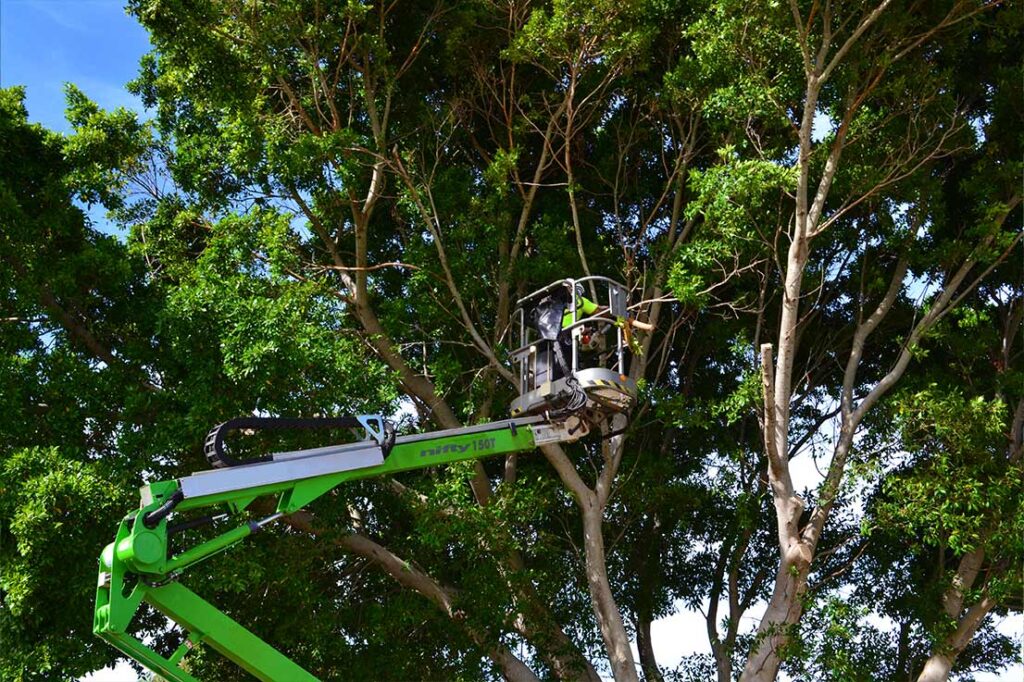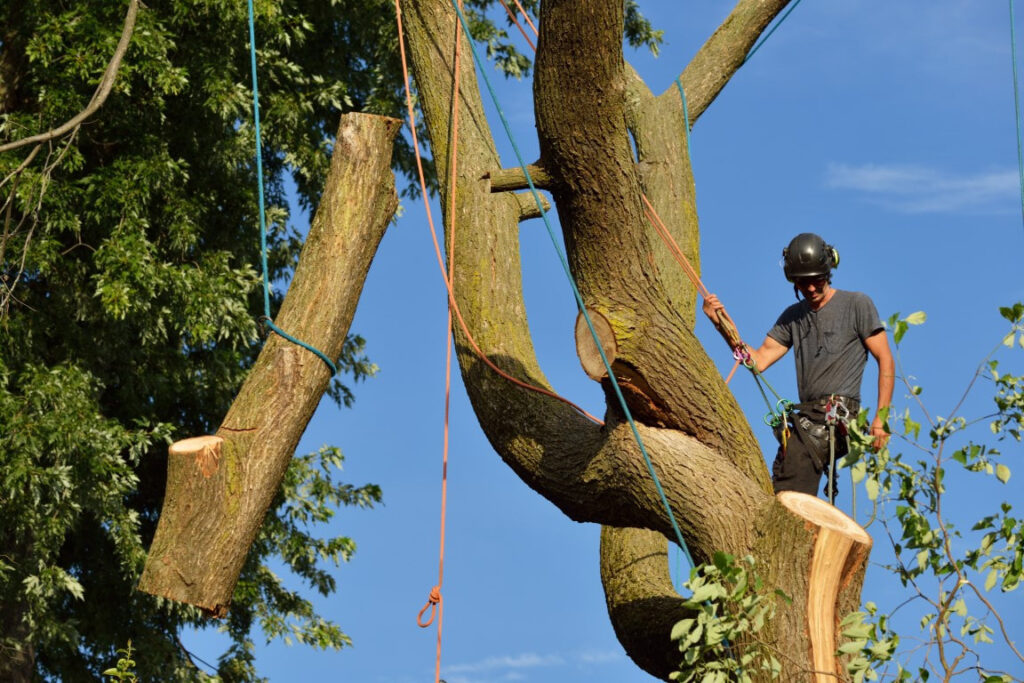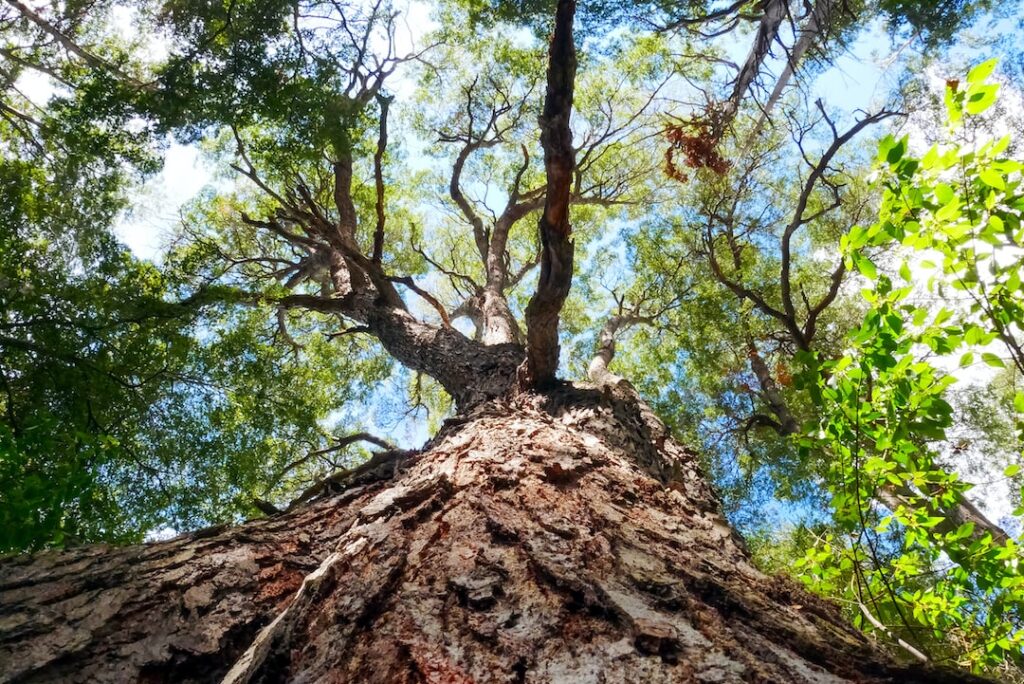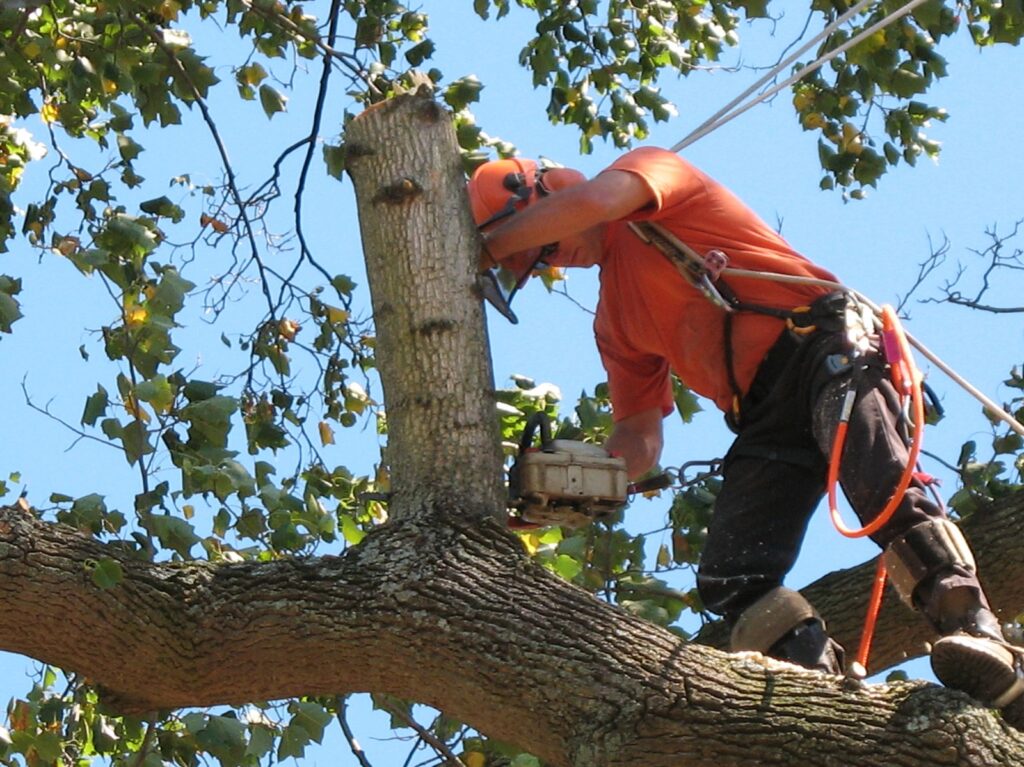The Central Coast is known for its stunning natural beauty, with lush forests, diverse ecosystems, and unique wildlife. However, the delicate balance of this natural heritage is under constant threat, and responsible tree removal plays a crucial role in ensuring its long-term preservation.
Understanding the Importance of Natural Heritage
Before diving into the concept of responsible tree removal Central Coast, it’s essential to understand the significance of our natural heritage and why it deserves our utmost respect and protection.
Our natural heritage encompasses the vast array of ecosystems, landscapes, and species that have evolved over millions of years. It is a testament to the intricate web of life on our planet and the interconnectedness of all living beings. From the towering trees of ancient forests to the delicate coral reefs in our oceans, our natural heritage is a source of wonder, inspiration, and countless benefits. Learn more about eco-friendly tree removal practices in the Blue Mountains.
The Role of Trees in Ecosystems
Trees are the backbone of any ecosystem, providing numerous benefits that are often taken for granted. They offer habitat for wildlife, providing shelter, food, and nesting sites for a wide variety of species. From birds and mammals to insects and fungi, trees support a complex network of life.

Furthermore, trees play a crucial role in stabilizing soil and preventing erosion. Their extensive root systems act as anchors, holding the soil in place and preventing it from being washed away by rain or wind. This is particularly important in areas prone to heavy rainfall or strong winds.
But the benefits of trees don’t stop there. They also act as natural filters, absorbing harmful pollutants from the air and improving air quality. Through the process of photosynthesis, trees take in carbon dioxide and release oxygen, helping to combat climate change and reduce the impact of greenhouse gases.
In addition, trees play a vital role in regulating temperatures and maintaining the delicate balance of biodiversity. Their canopies provide shade, reducing the intensity of sunlight and creating a cooler microclimate beneath. This is especially important in urban areas, where the heat island effect can lead to higher temperatures and increased energy consumption.
The Impact of Deforestation on the Central Coast
Unfortunately, the Central Coast has witnessed a staggering rate of deforestation in recent years. This destructive practice has severe consequences that extend far beyond the loss of trees.
One of the most significant impacts of deforestation is habitat loss. As trees are cleared, countless species lose their homes and are forced to migrate or face extinction. This disruption to ecosystems can have far-reaching effects, leading to imbalances in predator-prey relationships, disruptions in pollination processes, and a decline in overall biodiversity.
Deforestation also results in soil degradation, as the removal of trees exposes the soil to erosion. Without the protective cover of vegetation, rainwater washes away the topsoil, leading to nutrient depletion and reduced fertility. This, in turn, affects agricultural productivity and can have devastating consequences for local communities who rely on the land for their livelihoods.
Furthermore, deforestation contributes to increased carbon emissions and exacerbates climate change. Trees act as carbon sinks, absorbing carbon dioxide from the atmosphere and storing it in their trunks, branches, and roots. When trees are cut down and burned or left to decompose, the stored carbon is released back into the atmosphere, contributing to the greenhouse effect and global warming.
Given the alarming rate of deforestation and its detrimental effects, it is imperative to address this issue through responsible tree removal. By adopting sustainable practices that prioritize the preservation and regeneration of our natural heritage, we can ensure a healthier, more resilient planet for future generations.
The Concept of Responsible Tree Removal
Responsible tree removal is not about eliminating trees haphazardly but rather taking a thoughtful approach that considers the well-being of both the environment and local communities.
When it comes to responsible tree removal, it is important to understand the various factors that come into play. It goes beyond simply cutting down trees; it involves a comprehensive analysis of the situation and a consideration of the potential impacts.
One of the key aspects of responsible tree removal is defining what it means to be “responsible” in this context. It is not just about removing trees, but about doing so in a way that minimizes harm and maximizes benefits.

Defining ‘Responsible’ in the Context of Tree Removal
Responsible tree removal involves carefully assessing the need for removal and considering alternatives before proceeding. It emphasizes sustainability, minimizing environmental impact, and promoting the long-term health of the surrounding ecosystems.
Before any trees are removed, experts conduct thorough assessments to determine if removal is truly necessary. They consider factors such as the tree’s health, its impact on the surrounding area, and any potential risks it may pose.
In cases where removal is deemed necessary, responsible tree removal practices prioritize the preservation of biodiversity. This means that efforts are made to replant native species and restore the natural balance of the ecosystem.
Furthermore, responsible tree removal takes into account the social and cultural aspects of tree preservation. It involves engaging with local communities, seeking their input, and considering their values and traditions.
The Balance Between Development and Conservation
Striking a balance between development and conservation is crucial. Responsible tree removal acknowledges the need for development but ensures that it occurs in a manner that respects the natural heritage of the Central Coast.
Development is inevitable in a growing society, but responsible tree removal practices aim to minimize the negative impacts on the environment. This can be achieved through careful planning, utilizing sustainable construction materials, and implementing mitigation measures.
By considering alternative solutions, such as tree relocation or redesigning construction plans to work around existing trees, responsible tree removal seeks to find a middle ground that satisfies both development needs and conservation goals.
Furthermore, responsible tree removal practices also take into account the long-term effects of development. They consider the potential consequences on the local ecosystems, including the loss of habitat for wildlife and the disruption of natural processes.
In conclusion, responsible tree removal is a comprehensive approach that goes beyond simply cutting down trees. It involves careful assessment, consideration of alternatives, and a commitment to sustainability. By striking a balance between development and conservation, responsible tree removal practices ensure the well-being of both the environment and local communities.
The Process of Responsible Tree Removal
Performing responsible tree removal involves a systematic and diligent approach to minimize the negative impact on the environment. It requires careful consideration of various factors, including the health of the tree, its location, and the overall ecological balance of the area.
Identifying Trees for Removal
Before removing any tree, it is important to conduct a thorough assessment. This includes identifying trees that are diseased, damaged beyond repair, or pose a safety hazard. Trees that are structurally unsound or have significant decay may need to be removed to prevent them from falling and causing harm to people or property.
However, responsible tree removal also involves preserving healthy trees and maintaining the ecological balance. Arborists and tree care professionals carefully evaluate each tree to determine its overall health and potential for recovery. If a tree can be saved through proper care and maintenance, efforts are made to preserve it and promote its long-term health.
Techniques for Minimizing Environmental Impact
Responsible tree removal employs various techniques to minimize its environmental impact. These techniques are designed to protect surrounding vegetation, wildlife, and soil quality.
One technique involves using low-impact equipment during the removal process. This includes using cranes or specialized machinery that can carefully lift and remove tree sections without causing unnecessary damage to the surrounding area. By using such equipment, the impact on the soil and vegetation can be significantly reduced.
In addition to using low-impact equipment, responsible tree removal also involves implementing erosion control measures. This is particularly important when removing trees from steep slopes or areas prone to erosion. Erosion control measures may include installing erosion control blankets, mulching, or establishing temporary vegetation to stabilize the soil and prevent erosion.
Furthermore, responsible tree removal includes replanting native species to restore the natural habitat. This helps to maintain biodiversity and ensure the long-term health of the ecosystem. Replanting native species also provides food and shelter for wildlife, contributing to the overall ecological balance of the area.
In conclusion, responsible tree removal is a meticulous process that takes into account the health of the tree, its impact on the environment, and the overall ecological balance. By carefully assessing each tree, using low-impact equipment, implementing erosion control measures, and replanting native species, the negative impact on the environment can be minimized, ensuring the long-term health and sustainability of our natural surroundings.
Policies and Regulations Surrounding Tree Removal
To ensure responsible tree removal practices, policies and regulations have been put in place at both the local and national levels. These measures are crucial in protecting the environment and preserving the natural beauty of our landscapes.
Tree removal is a delicate matter that requires careful consideration. It is not something that should be taken lightly, as trees play a vital role in our ecosystem. They provide shade, improve air quality, and serve as habitats for various wildlife species. Therefore, it is essential to have policies and regulations in place to guide and monitor tree removal activities.

Local and National Laws on Tree Removal
Local governments and environmental agencies have established specific laws to govern tree removal. These laws aim to protect the natural heritage of the Central Coast and ensure that removal is carried out responsibly and with proper authorization.
At the local level, municipalities have enacted ordinances that outline the procedures and requirements for tree removal. These ordinances often require individuals or companies to obtain permits before removing trees of a certain size or species. This ensures that only trees that pose a genuine risk to public safety or property are removed.
On a national level, there are laws and regulations in place to protect certain types of trees that are considered to be of national importance. These trees may have historical or cultural significance, and their removal is strictly regulated. National agencies work closely with local authorities to ensure that these laws are enforced and that any necessary permissions are obtained before any tree removal takes place.
Compliance and Enforcement of Tree Removal Regulations
Enforcement of these regulations is essential in upholding responsible tree removal practices. Local authorities work diligently to ensure compliance and take appropriate action against those who violate the laws.
When a tree removal is reported or suspected, local authorities conduct thorough investigations to determine if the removal was carried out in accordance with the regulations. This may involve site visits, interviews with witnesses, and examination of any necessary permits or documentation.
If it is found that the tree removal was done without proper authorization or in violation of the regulations, enforcement actions may be taken. These actions can range from fines and penalties to legal action, depending on the severity of the violation. The goal of enforcement is not only to punish offenders but also to deter others from engaging in irresponsible tree removal practices.
In addition to enforcement, local authorities also play a crucial role in educating the public about tree removal regulations. They provide information and resources to help individuals and companies understand their responsibilities and obligations when it comes to tree removal. This proactive approach helps to foster a culture of responsible tree management and ensures that our natural landscapes are preserved for future generations.
The Future of Tree Conservation on the Central Coast
The future of tree conservation on the Central Coast lies in innovative approaches and community engagement.
Innovative Approaches to Tree Conservation
Efforts to conserve the natural heritage of the Central Coast go beyond responsible tree removal. Innovations such as rewilding, ecosystem restoration, and urban greening are being explored to enhance the preservation and regeneration of trees and the surrounding ecosystems.
The Role of Community in Protecting Natural Heritage
Community involvement is critical in safeguarding the natural heritage of the Central Coast. People need to be aware of the importance of responsible tree removal and actively participate in initiatives that promote tree conservation, habitat restoration, and sustainable development.
In conclusion, responsible tree removal is an integral part of conserving the Central Coast’s natural heritage. By understanding the importance of trees in ecosystems, defining responsible practices, following proper procedures, and adhering to regulations, we can ensure the long-term preservation of the region’s stunning biodiversity. Together with innovative approaches and community engagement, we can continue to protect and nurture the Central Coast’s natural heritage for generations to come.

